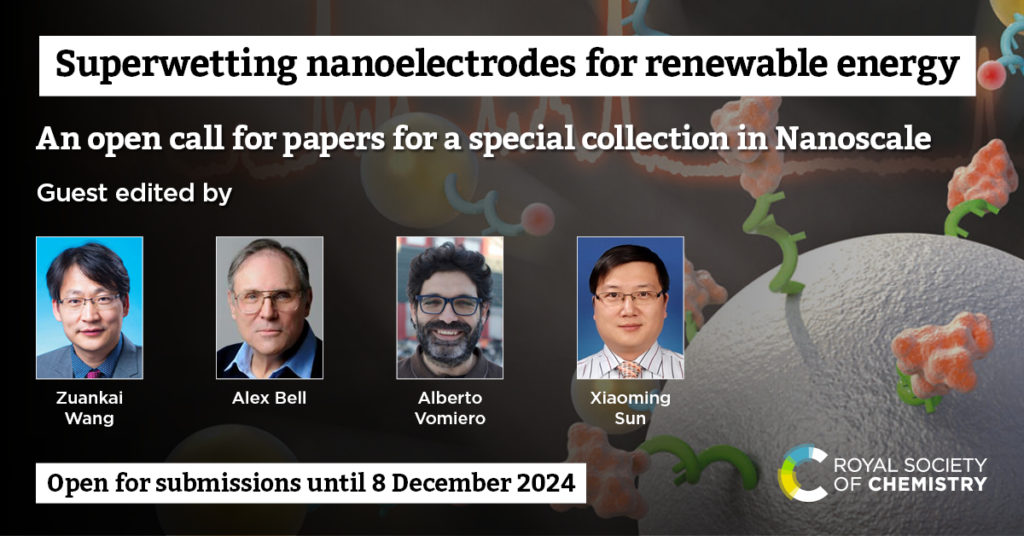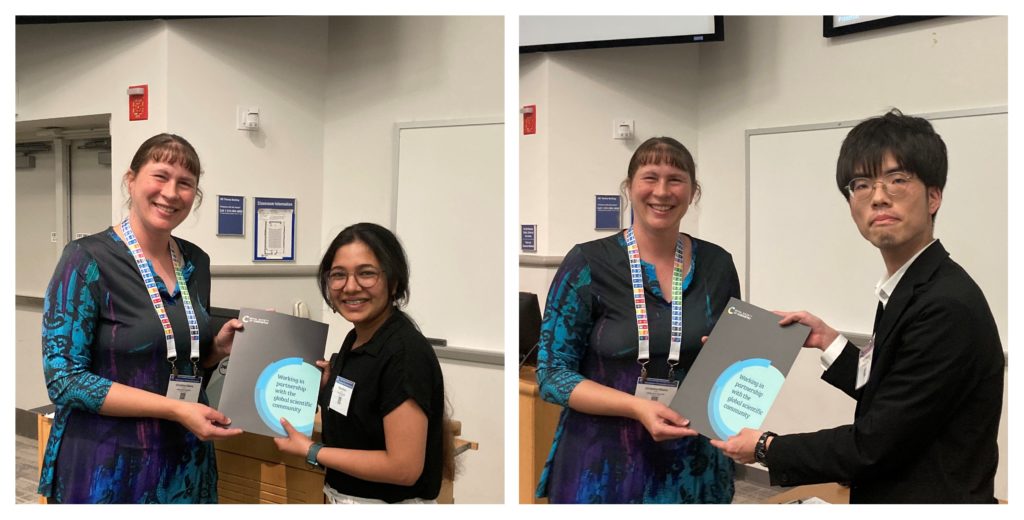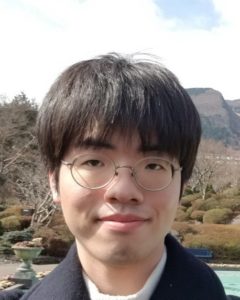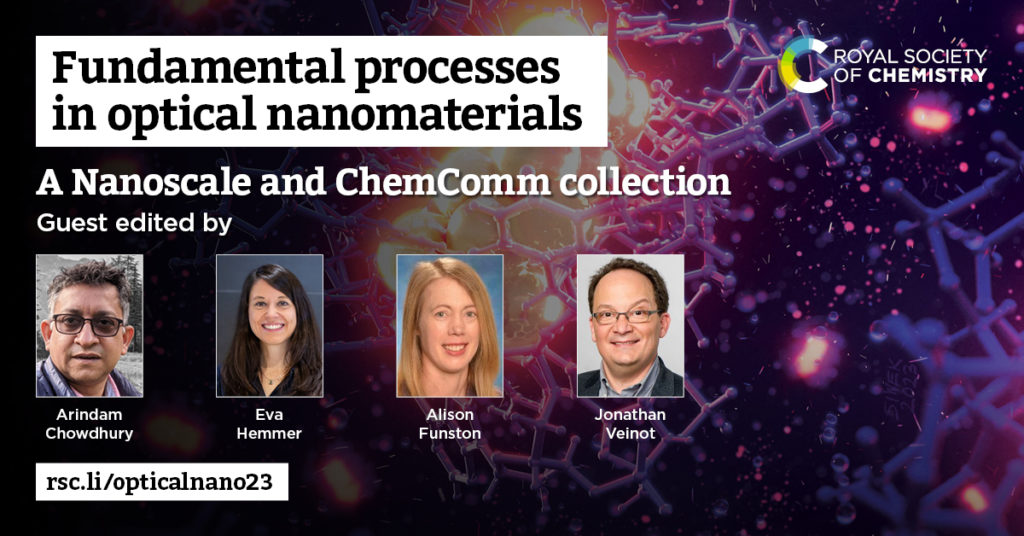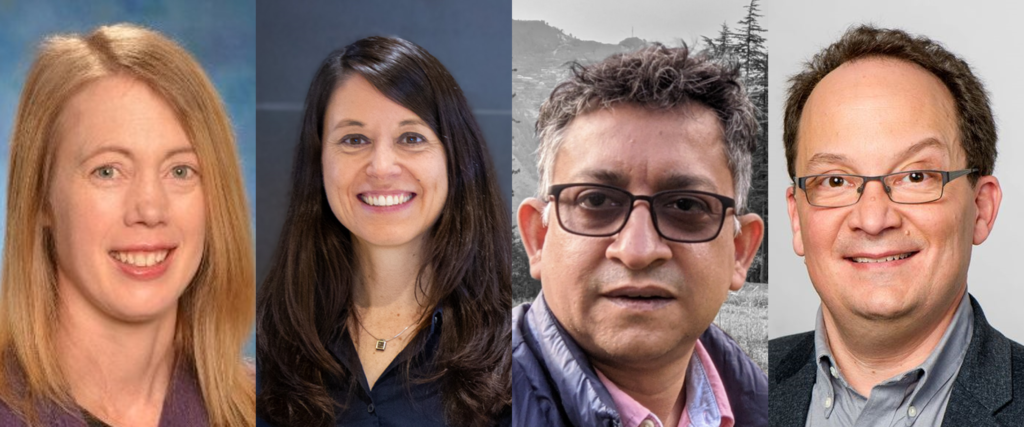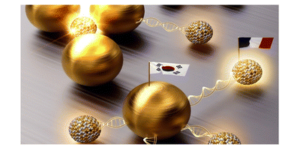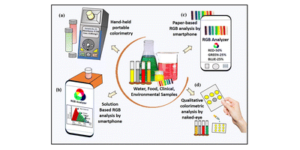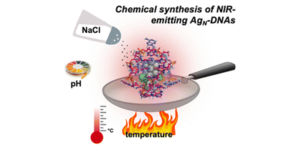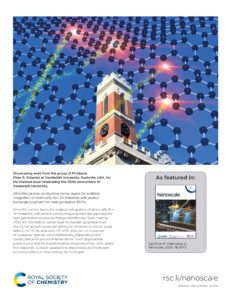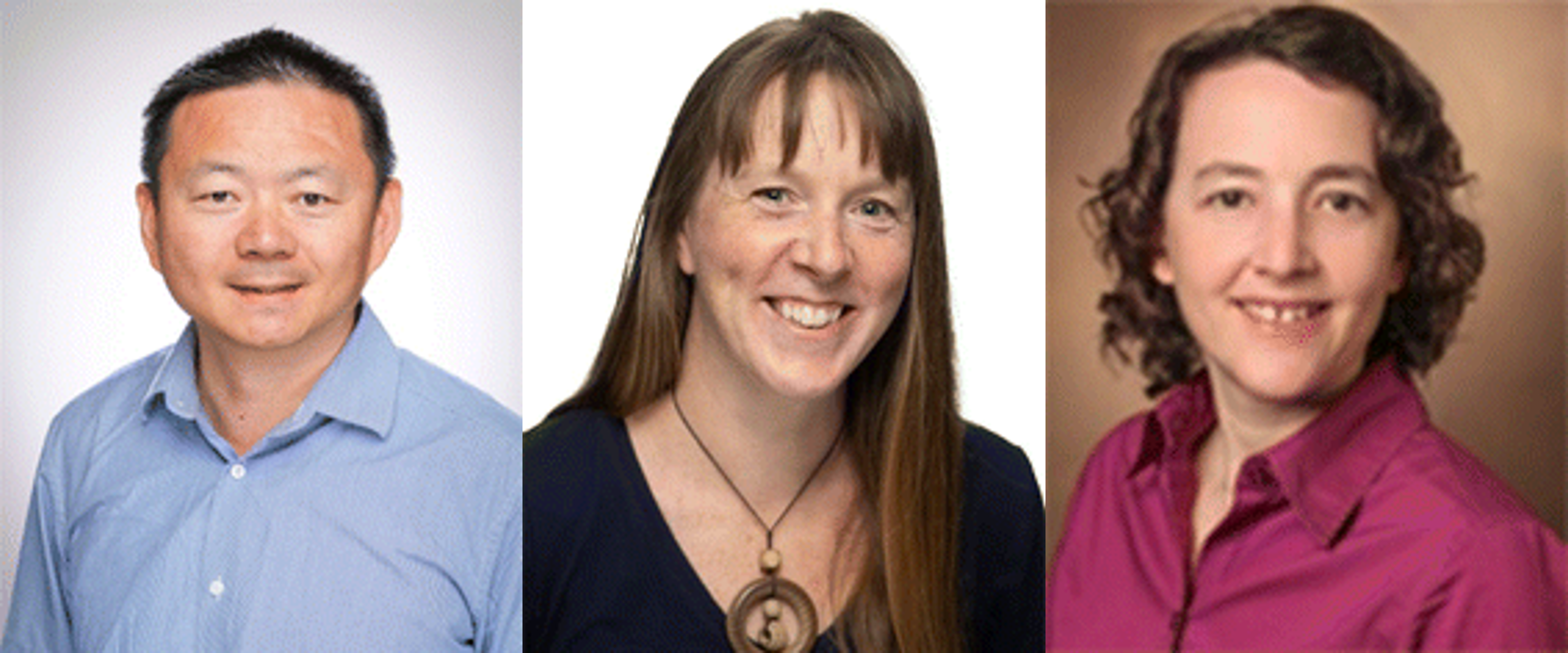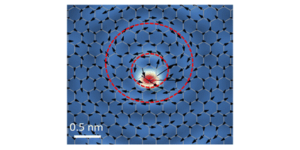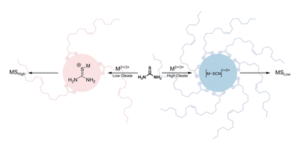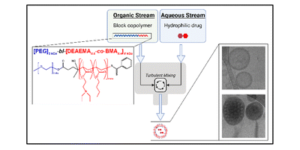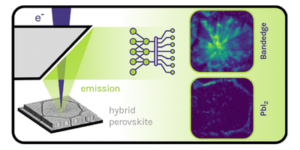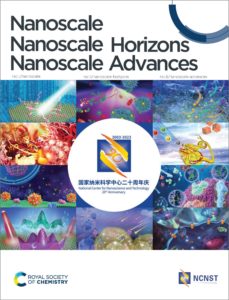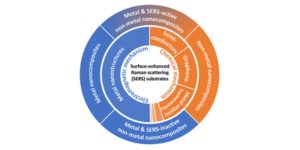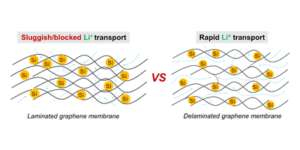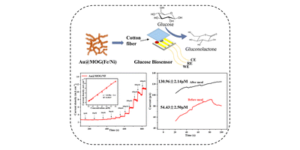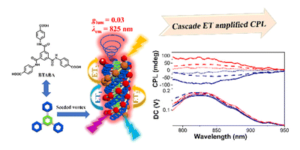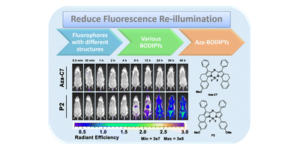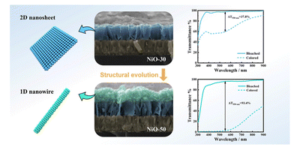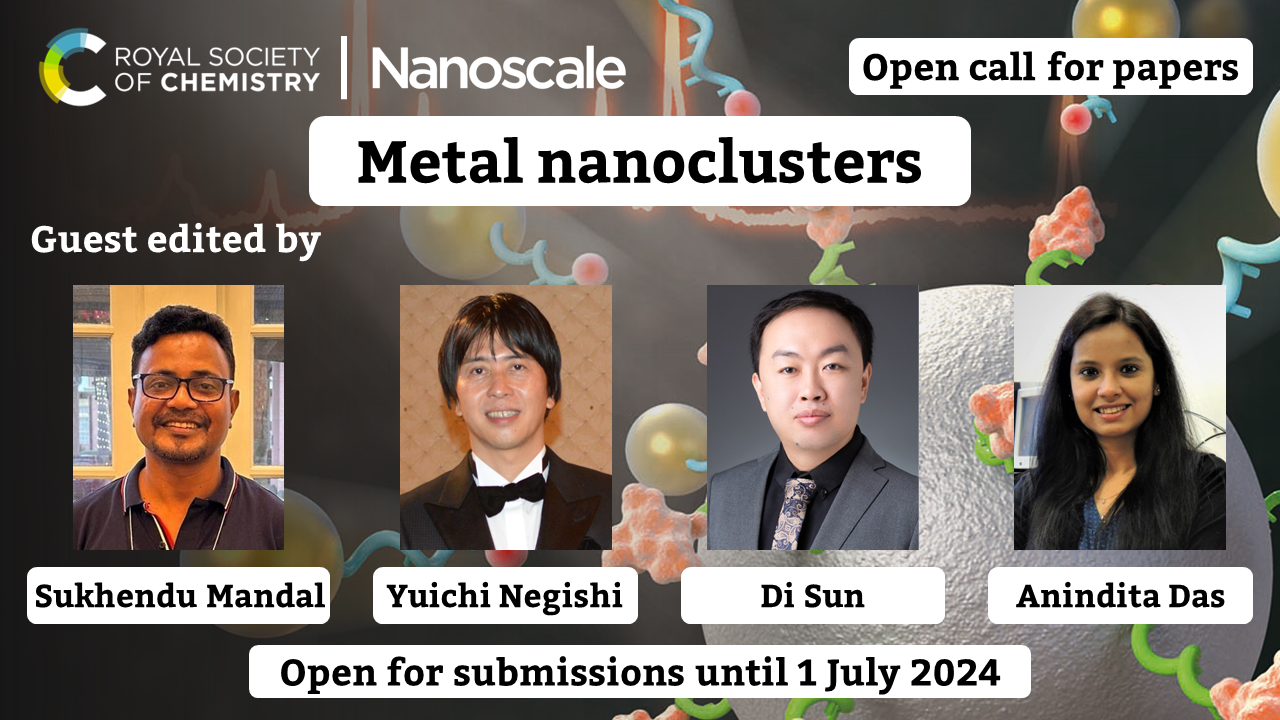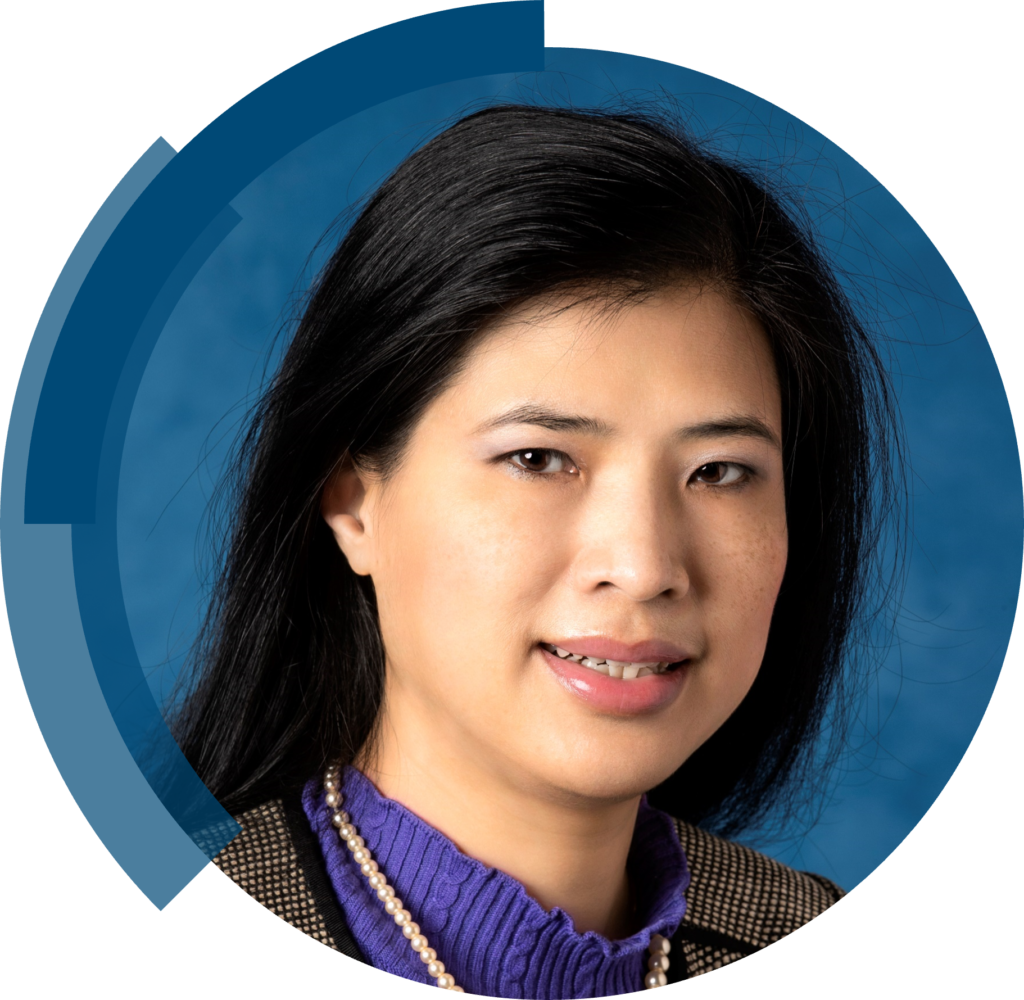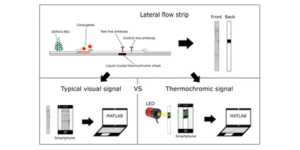Call For Papers: Advanced semiconductor nanocrystals
Guest edited by Jannika Lauth, Indranath Chakraborty, Klaus Boldt and Angshuman Nag
We are delighted to announce a call for papers for our latest online themed collection in Nanoscale on advanced semiconductor nanocrystals, guest edited by Professors Jannika Lauth (University of Tübingen, Germany), Indranath Chakraborty (IIT Kharagpur, India), Klaus Boldt (University of Rostock, Germany) and Angshuman Nag (IISER Pune, India).

Colloidal semiconductor nanocrystals are among the most captivating and influential nanomaterials due to their versatility and wide range of applications. Today, advanced nanocrystals are accessible, with high control over size, shape, and anisotropy, complex structures, exceptional purity, controlled doping, and more. These nanoscale materials exhibit unique optical and electronic properties because of their quantum confinement effects. They are used in light emitters, photodetectors, catalysis, energy harvesting, and components crucial for quantum computing endeavours. With continued research and innovation, these nanomaterials promise to revolutionize various technological fields and address pressing societal challenges. A better grasp of existing processes and uncovering unknown phenomena are crucial for practical applications.
This unique compilation in Nanoscale seeks to explore emerging phenomena in semiconductor nanocrystals. We welcome ground-breaking research that sheds light on fundamental processes in advanced nanocrystals, as well as exciting and future-oriented applications of these materials. Topics of interest include, but are not restricted to:
- Quantum dots
- Perovskite nanocrystals
- 2D semiconductors
- Fundamental studies in light-matter interactions
- Luminescent nanocrystals
- Charge carrier dynamics
- Nanophotonics
- Quantum emitters
- Photodetectors
- Photovoltaics
- Photocatalysis
- Theranostics
This call for papers is open for the following article types:
- Communications
- Full papers
Open for submissions until 12 November 2024
If you would like to contribute to this themed collection, you can submit your article directly through the Nanoscale online submission system. Please mention that this submission is an open call contribution to the advanced semiconductor nanocrystals collection in the “Themed issues” section of the submission form and add a “Note to the Editor” that this is from the Open Call. The Editorial Office reserves the right to check suitability of submissions in relation to the scope of both the journal and the collection, and inclusion of accepted articles in the final themed issue is not guaranteed.
Please also note that all submissions will undergo the normal peer review processes including an initial assessment prior to peer review, and that peer review and acceptance are not guaranteed.
If you have any questions about the journal or the collection, then Edward Gardner, the Development Editor for Nanoscale, would be happy to answer them. You can contact him by emailing the journal inbox.
With best wishes,
Professor Jannika Lauth, University of Tübingen, Germany (ORCID: 0000-0002-6054-9615)
Professor Indranath Chakraborty, IIT Kharagpur, India (ORCID: 0000-0003-4195-9384)
Professor Klaus Boldt, University of Rostock, Germany (ORCID: 0000-0002-0035-2490)
Professor Angshuman Nag, IISER Pune, India (ORCID: 0000-0003-2308-334X)











